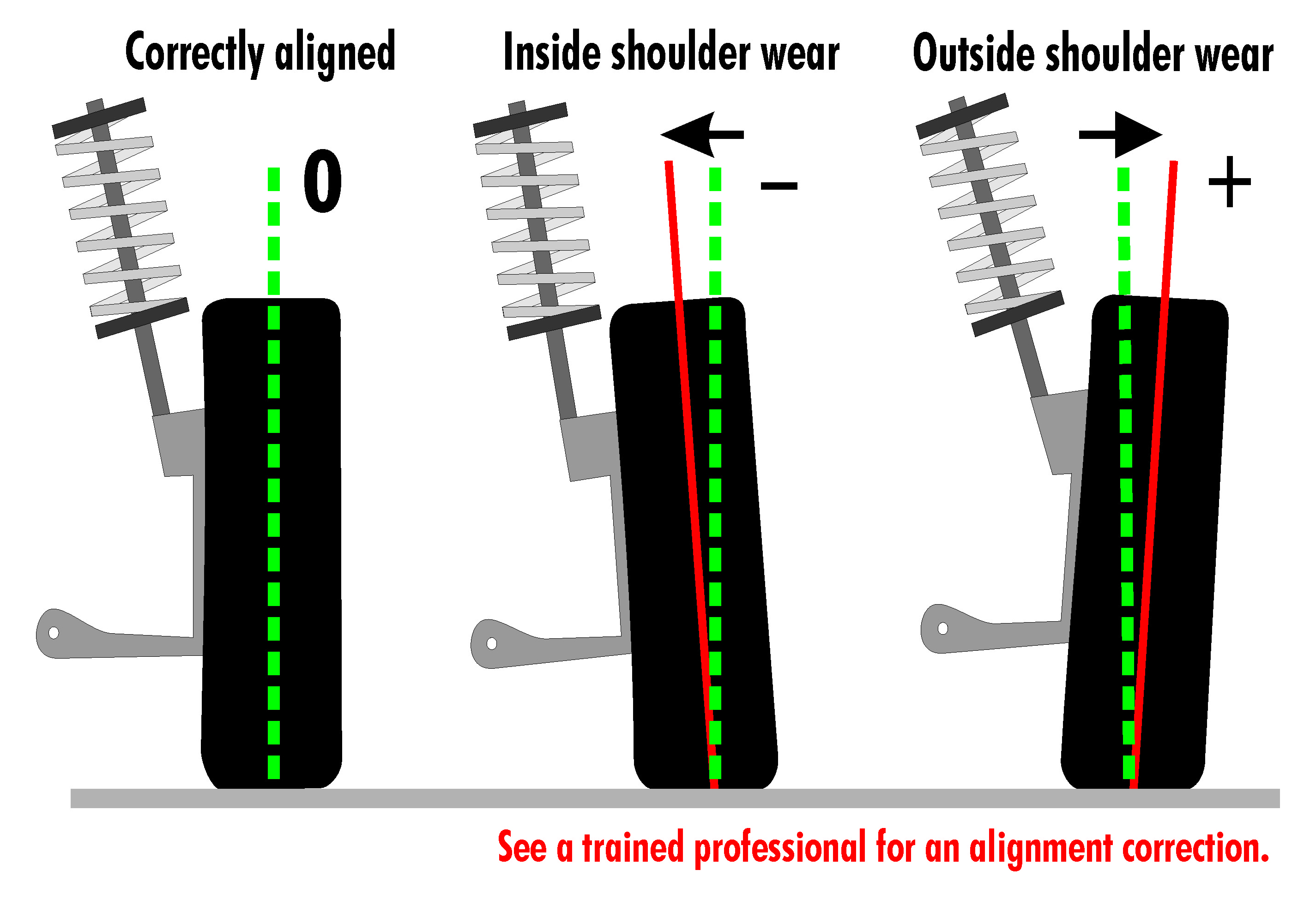Is a wheel alignment the same as a tire rotation? While both services are crucial for maintaining a vehicle’s health, they address different aspects of its performance. Imagine your car’s wheels as the foundation of its smooth ride. A wheel alignment ensures those wheels are perfectly aligned, allowing the vehicle to move straight and smoothly. On the other hand, tire rotation ensures even wear on all tires, extending their lifespan and maximizing their performance.
These services are like two sides of the same coin, each contributing to a safe and efficient driving experience. Let’s delve deeper into the world of wheel alignment and tire rotation to understand their individual roles and why they are essential for your vehicle’s well-being.
When to Schedule Both Services

While wheel alignment and tire rotation are distinct services, understanding when to schedule both simultaneously can ensure optimal tire life, improved handling, and enhanced safety.
Recommended Frequency for Wheel Alignment and Tire Rotation
A regular maintenance schedule helps prevent premature wear and tear on tires and other vehicle components. Here is a general guideline for the frequency of these services:
| Vehicle Type | Driving Habits | Tire Condition | Wheel Alignment | Tire Rotation |
|---|---|---|---|---|
| Passenger Car | Regular Driving | Good Condition | Every 12,000 miles | Every 5,000-7,500 miles |
| SUV/Truck | Heavy Towing/Off-Road | Moderate Wear | Every 6,000-8,000 miles | Every 3,000-5,000 miles |
| Performance Vehicles | Aggressive Driving | High Performance | Every 3,000-5,000 miles | Every 2,500-4,000 miles |
Signs That Indicate the Need for Both Services
Several signs can indicate that your vehicle needs both wheel alignment and tire rotation:
- Uneven tire wear:
- Vehicle pulling to one side:
- Steering wheel vibration:
- Excessive tire noise:
- Reduced fuel efficiency:
- Tire pressure fluctuations:
Factors Influencing the Timing of Wheel Alignment and Tire Rotation
Several factors can influence the timing of these services:
- Driving conditions: Rough roads, potholes, and uneven surfaces can cause misalignment.
- Driving habits: Aggressive driving, frequent braking, and heavy loads can accelerate tire wear and affect alignment.
- Vehicle age: Older vehicles are more prone to alignment issues due to wear and tear on suspension components.
- Tire type: High-performance tires often require more frequent rotation due to their aggressive tread patterns.
- Previous repairs: Any suspension repairs, such as replacing shocks or struts, may require a subsequent wheel alignment.
Impact on Vehicle Performance and Fuel Efficiency

Proper wheel alignment and tire rotation are essential maintenance practices that significantly impact a vehicle’s performance and fuel efficiency. These services ensure optimal tire contact with the road, resulting in improved handling, stability, and reduced wear and tear.
Wheel Alignment’s Role in Performance and Fuel Efficiency, Is a wheel alignment the same as a tire rotation
Wheel alignment refers to adjusting the angles of the wheels to ensure they are properly aligned with each other and the vehicle’s frame. Proper alignment is crucial for a smooth and safe driving experience.
- Improved Handling: When wheels are aligned correctly, they track straight and respond predictably to steering inputs, enhancing driver control and responsiveness. This allows for precise steering and maneuvering, particularly at higher speeds.
- Enhanced Stability: Aligned wheels maintain a consistent contact patch with the road, promoting stability and reducing the risk of swaying or drifting. This is especially important during sudden maneuvers or when driving on uneven surfaces.
- Reduced Tire Wear: Misaligned wheels cause uneven tire wear, leading to premature replacement. Proper alignment ensures even tire contact with the road, distributing wear evenly and extending tire life.
- Improved Fuel Efficiency: Misaligned wheels can increase rolling resistance, requiring the engine to work harder and consume more fuel. Correct alignment reduces this resistance, leading to better fuel economy.
Tire Rotation’s Impact on Performance and Wear
Tire rotation involves moving tires from one position to another on the vehicle to distribute wear evenly. This practice helps prolong tire life and ensures optimal performance.
- Even Tire Wear: Different tires experience varying levels of wear due to their position on the vehicle. Rotation ensures all tires wear at a similar rate, maximizing their lifespan.
- Improved Traction: Worn tires have reduced traction, impacting braking and acceleration performance. Rotation helps maintain consistent tread depth across all tires, improving overall traction and grip.
- Enhanced Safety: Consistent tire wear contributes to improved handling and stability, enhancing safety by reducing the risk of skids or loss of control.
- Reduced Risk of Premature Tire Replacement: By distributing wear evenly, tire rotation helps prevent premature tire failure and extends the time between replacements, saving money in the long run.
Ultimately, both wheel alignment and tire rotation are essential services that contribute to a smoother, safer, and more fuel-efficient driving experience. While they may seem similar, understanding their distinct purposes is key to ensuring your vehicle’s optimal performance and longevity. Remember, a little preventative maintenance goes a long way, and scheduling these services regularly can save you from costly repairs down the line.
FAQ Summary: Is A Wheel Alignment The Same As A Tire Rotation
How often should I get a wheel alignment?
The frequency of wheel alignment depends on factors like driving habits, road conditions, and vehicle type. Generally, it’s recommended to get a wheel alignment every 6 months or 6,000 miles.
What are the signs of needing a tire rotation?
Uneven tire wear, especially on the outer or inner edges of the tires, is a clear indication that a tire rotation is necessary.
Can I do a tire rotation myself?
While it’s possible to rotate your tires yourself, it’s best to have a professional mechanic perform the service to ensure proper alignment and avoid potential damage to your vehicle.
Does tire rotation affect fuel efficiency?
Yes, proper tire rotation can improve fuel efficiency by ensuring even wear on all tires, which reduces rolling resistance.